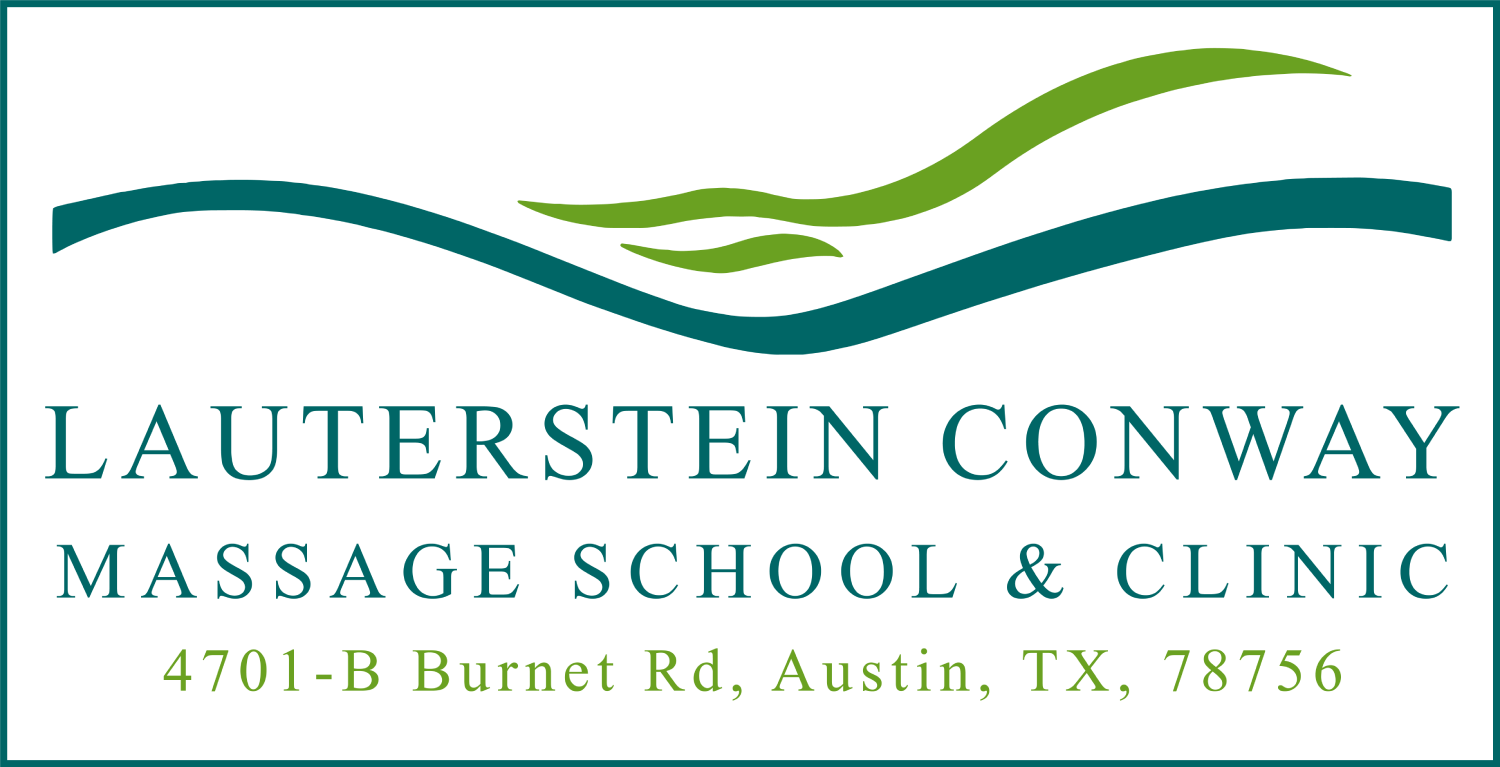Have you ever heard the word tensegrity? If you’ve been an engineer you might at least be familiar with the concept. But as a massage therapist – especially one who seeks to relieve pain and improve range of motion, understanding tensegrity is imperative to performing impactful bodywork. James Earls and Thomas Myers say it best in their book Fascial Release for Structural Balance when they say, “ Verbal descriptions of tensegrity soon get tangled.”
Tensegrity, literally a combination of the words tension and integrity, describes the human skeleton as a web of bones, muscles and tissues dependent on the balance of tensional forces imposed on its structure.
Imagine the bones floating in bodily tissues and fluids that hold the whole together from the inside, distribute strain evenly and expand and contract in any and all directions. Some examples include:
1. A squeezed balloon will elongate and/or bulge at opposite ends before it pops under too much pressure.
2. A pulled rope will become thinner and lengthen before it breaks under extreme strain.
3. A hamstring is compressable, kneadable and effleurageable without being destroyed.
The Power of Tensegrity and Myofascial Release
While fascia is only one component of the human body, the tensegrity thesis is based on fascia being “part of this web that mediates between stability and mobility,” according to Earls and Myers.
Also, unlike the nervous and circulatory systems, fascia seems to remember things – both its injuries and effective bodywork – and takes time to accept. This “memory” means the fascial system has a tendency to become reinjured but also to hold its repair work – an unstuck sheet of fascia has the potential to stay unstuck, for example.
For this reason, massage therapists who practice Myofascial Release with a foundational understanding of tensegrity can not only affect a meaningful change in a person but also affect the whole person with their bodywork.
By Jennifer Shaw
Interested in learning more about Myofascial Release? Join Lauterstein-Conway Massage School for it’s Anatomy Trains massage continuing education course with Peter Ehlers. This course will teach you how to read your client’s body for “stuck” areas and enable to you to make distinct changes in your client’s structure and mobility with a few quick strokes.
